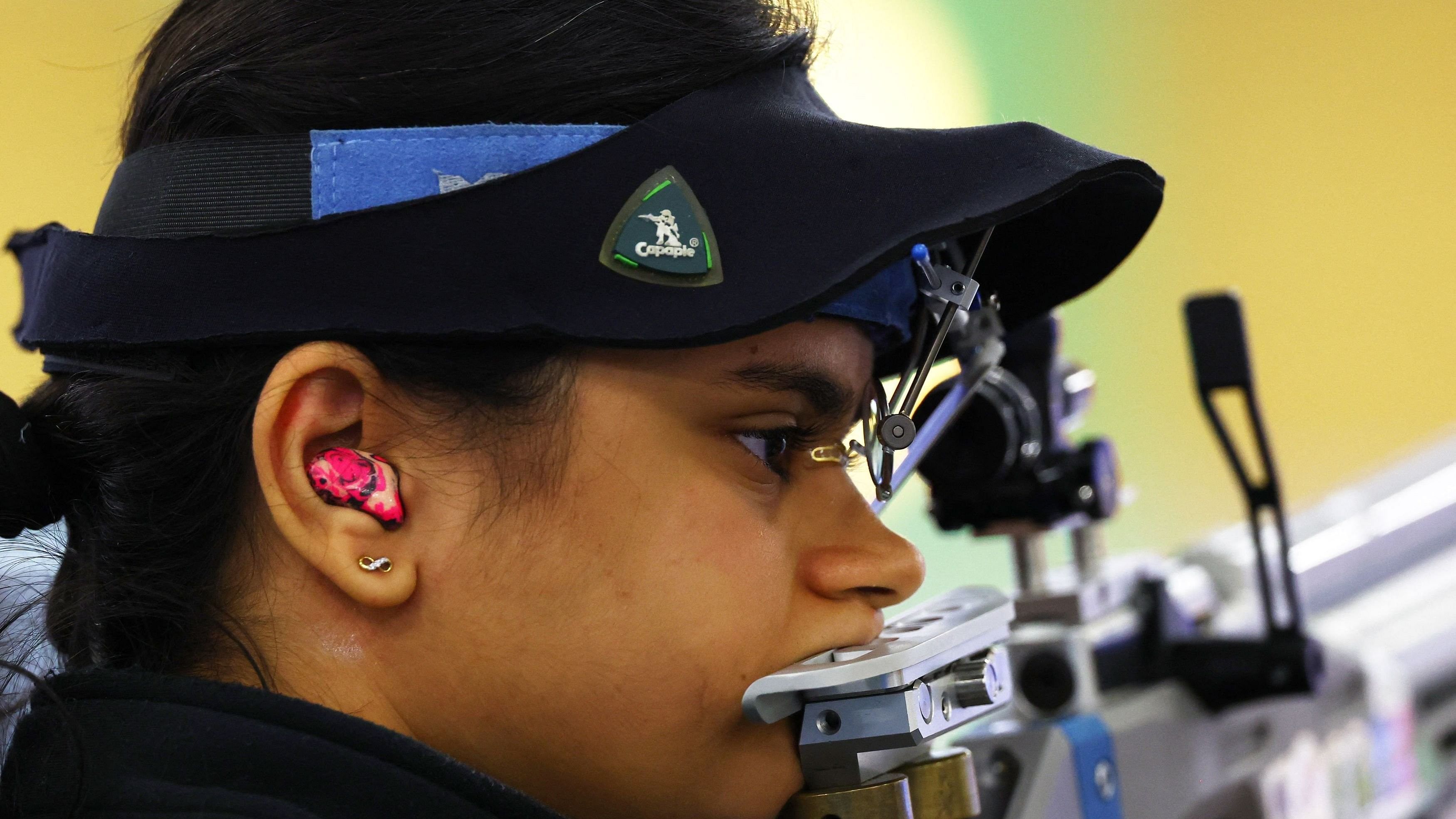
When Paralympic Committee of India president Devendra Jhajharia predicted that the country would win 25 medals at the Paris Paralympics during the pre-departure ceremony, many felt it was a bold proclamation.
Now, almost a month later, not only has Jhajharia, a celebrated athlete himself who has won two Paralympic gold medals (2004 Athens, 2016 Rio) and a silver (2020 Tokyo), been vindicated but the country itself is left in astonishment at the awe-inspiring performances in Paris.
The Indians went beyond Jhajharia’s estimate, bagging a total of 29 medals, which included seven gold, nine silver and 13 bronze. India comfortably surpassed the Tokyo 2020 tally where they had won five gold, eight silver and six bronze for a total of 19 medals.
The medal rush for India in Paris came from Stade de France where the track and field stars bagged 4 gold, 6 silver and 7 bronze. Shooter Avani Lekhara won a second successive gold that enhanced her star status while Nitesh Kumar (badminton) and Harvinder Singh (archery) clinched historic gold medals in their respective disciplines. There was also a first judo medal for the country, Kapil Parmar winning a bronze in the men’s 60kg category.
“When I made that statement that we would win 25 medals, a lot of them doubted me but I very well knew what I was saying,” Jhajharia told DH. “Being a para-athlete myself, I know what is possible and what is not possible. Considering the training and effort these 84 athletes had put in over the last few years and how ambitious they were, I knew Paris would be something special. The results speak for themselves.”
Sports at the elite level is an expensive affair and it just gets even harder for para-athletes, many of who come from modest backgrounds. Not only do they have to fight their physical disabilities on a daily basis but the lack of monetary benefits make para-sports an almost impossible choice for most.
Things, though, have changed drastically over the last five years with the Union Government loosening up its wallet for para-sports that has been the driving force behind the Paris success. Just like how the funding has increased manifold for able-bodied athletes as the country strives to be a sporting power beyond cricket, the same has been done for para-athletes too.
For the Paris Paralympics cycle, the government spent around Rs 74 crore in total as compared to Rs 26 crore for the Tokyo cycle, a two-fold increase. Fifty of the 84 athletes were part of the elite TOPS (Target Olympic Podium Scheme) while 19 were given extra help through Khelo India and 17 via National Centre of Excellence scheme. For Tokyo, only 30 were part of TOPS for the entire cycle with some included closer to the Games.
This increased budget has been a booster dose the para-athletes were looking for to take that big step forward. The athletes now are able to afford world-class coaching, top-level nutrition and keep their bodies fit with state-of-the-art equipment at their disposal. That apart, like their Olympics compatriots, they too have access to the best mind coaches in the business, something which has made them stronger mentally.
Another important element that has contributed to their excellence in Paris is the exposure trips. A lot of the elite able-bodied athletes prefer to train abroad extensively and something similar was extended to para-athletes as well with the Paris cycle boasting of 110 foreign exposure trips (Tokyo had 40). These trips included training as well as competitions.
“The increased government funding has definitely contributed to the immense success in Paris. During my time as an athlete, many of us had to fund ourselves, be it training or competing. But things have changed drastically now and elite athletes don’t have to worry one bit about funding. They have access to the best facilities and are treated on par with able-bodied athletes. If they want an equipment, it’s delivered in less than seven days,” said Jhajharia.
“Thanks to Khelo India Para Games and many such programmes at the grass-root level, even youngsters get a good platform to shine. If they are successful at Khelo India, they get access to various government programmes. So the avenues have opened up for them and not many give up on their sporting ambitions after early promise because of lack of money like in my time. Now, the Paris performance will brighten things up.”
A Sports Authority of India source, speaking on condition of anonymity, said para-athletes have a lot more fire. “The hunger and desire to excel is lot more in para-athletes. Inherently, they know what hardship is and success helps in liberating a lot of that pain. Also, they want to make every penny and opportunity count and ensure their success paves the path for a better future for the next generation.”